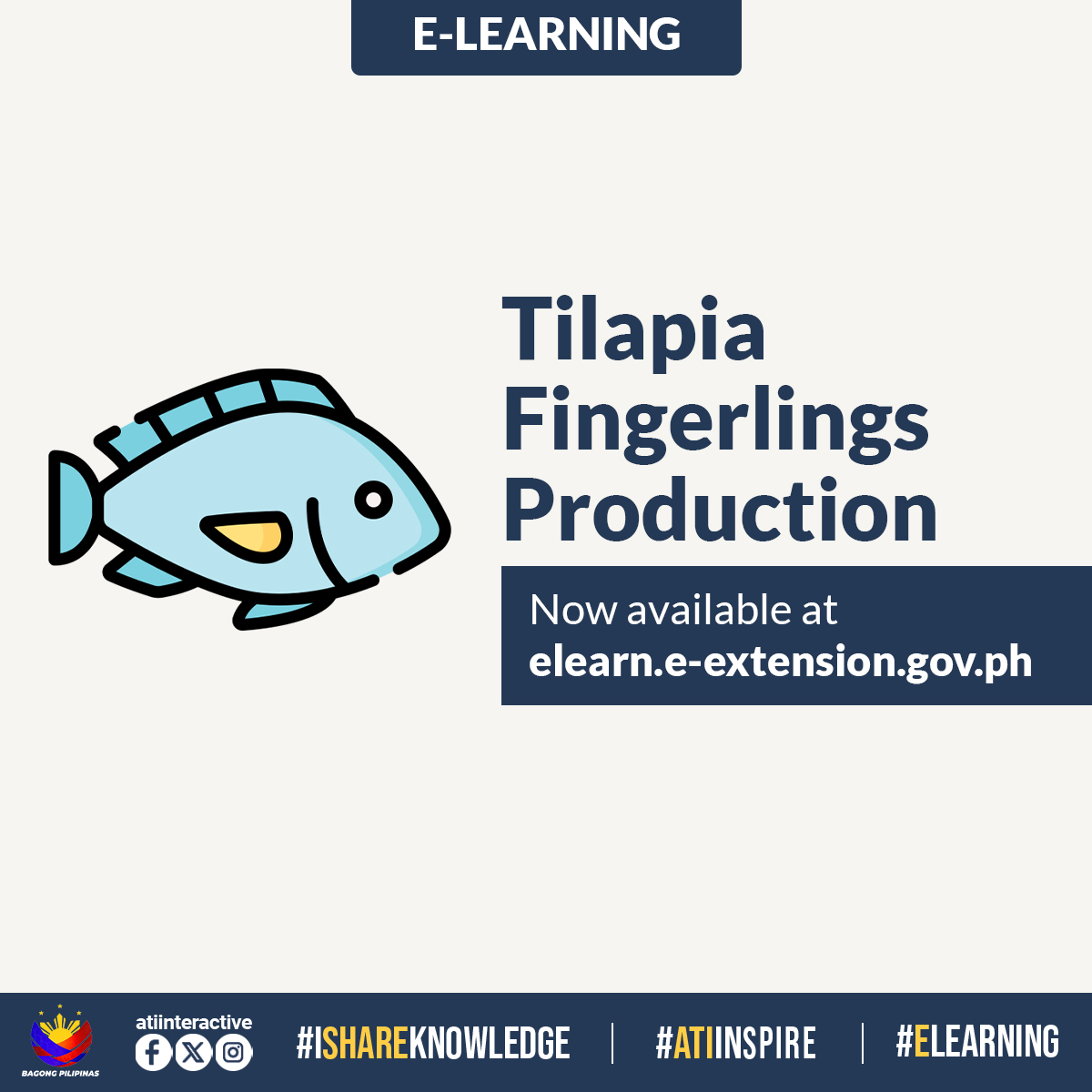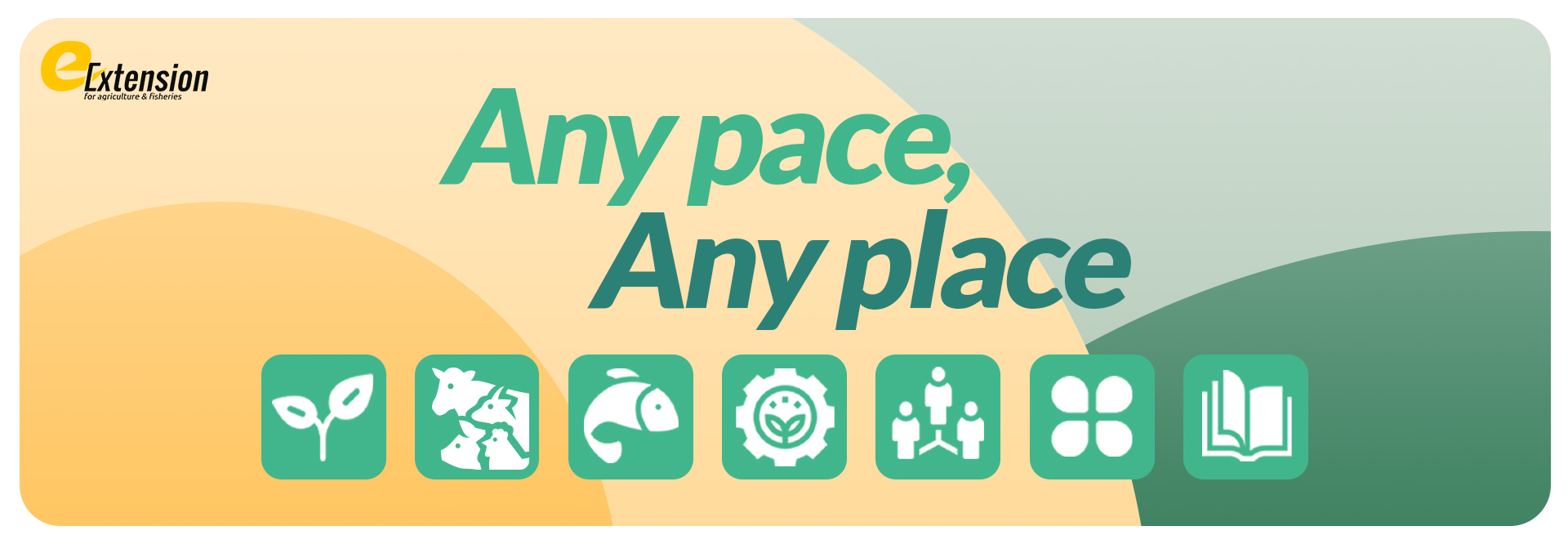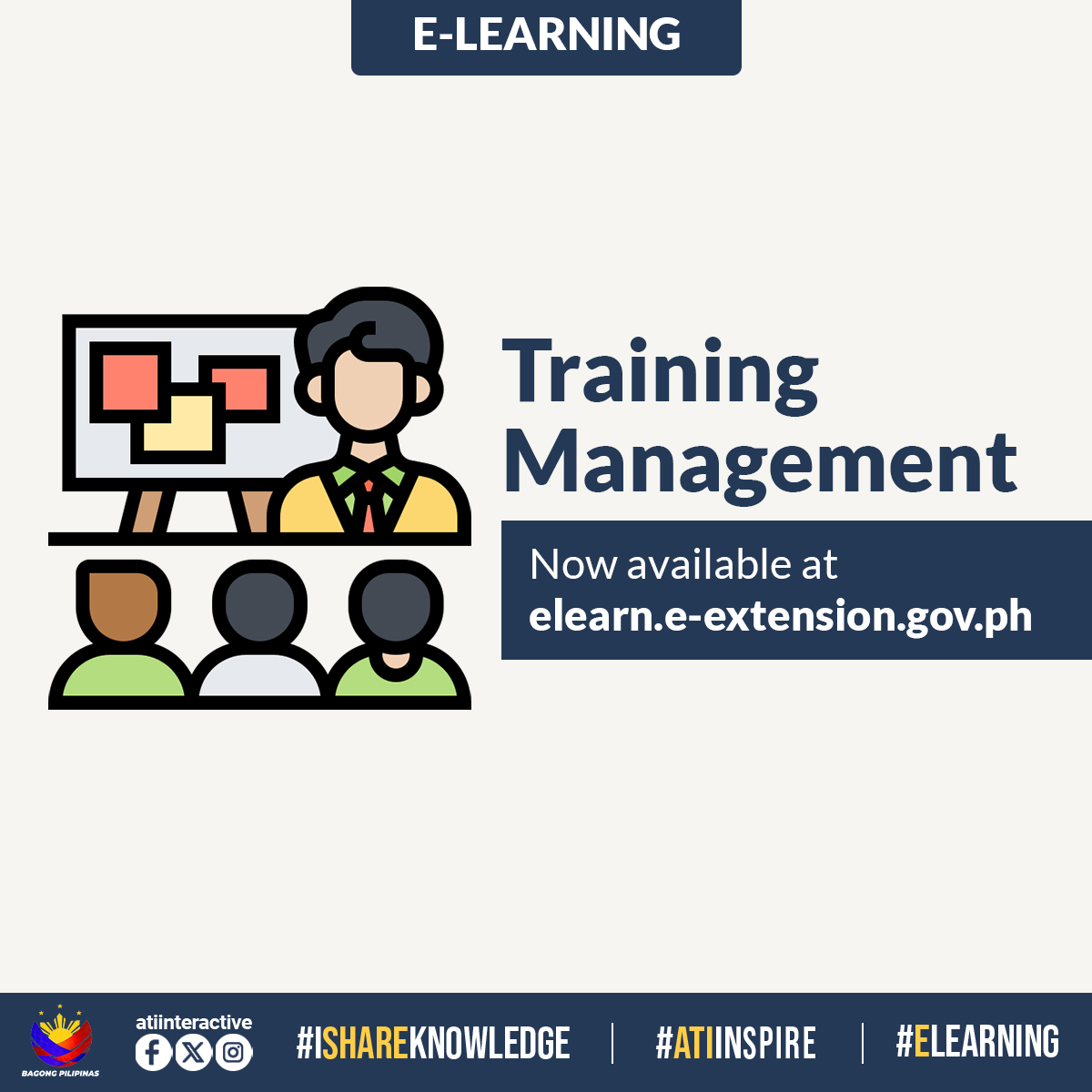 Did you know that tilapia’s intestine can be five to eight times longer than its body? This unique characteristic, along with its adaptability, makes tilapia one of the most widely farmed fish species in the world.
Did you know that tilapia’s intestine can be five to eight times longer than its body? This unique characteristic, along with its adaptability, makes tilapia one of the most widely farmed fish species in the world.
Native to Africa, tilapia belongs to the Cichlid family and requires specific environmental conditions to thrive in aquaculture settings. They grow best at temperatures between 28–32°C, and may suffer mortalities if temperature drops below 18°C. The water pH should be maintained between 6.5–9.0 to ensure healthy primary production. Ideally, turbidity (water cloudiness) should range from 30–35 cm to support pond productivity; excess silt can damage tilapia’s gills, so it’s important to manage turbidity carefully.
If you're interested to start or you want to improve your tilapia farming venture, we invite you to enroll in our eLearning course on Tilapia Fingerlings Production! Learn how to create the perfect habitat, and maximize your farm's productivity in a sustainable way.
The course is brought to you by the Agricultural Training Institute in MIMAROPA, in partnership with the Bureau of Fisheries and Aquatic Resources (BFAR).
Enroll now and take the first step towards a successful tilapia farming journey!
 What does leadership mean to you? Is it guiding a team? Inspiring others? Creating future leaders?
What does leadership mean to you? Is it guiding a team? Inspiring others? Creating future leaders?



 Did you know that tilapia’s intestine can be five to eight times longer than its body? This unique characteristic, along with its adaptability, makes tilapia one of the most widely farmed fish species in the world.
Did you know that tilapia’s intestine can be five to eight times longer than its body? This unique characteristic, along with its adaptability, makes tilapia one of the most widely farmed fish species in the world.